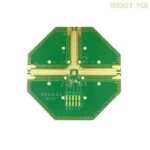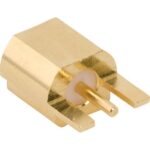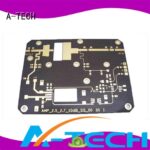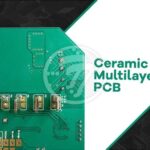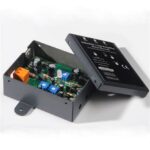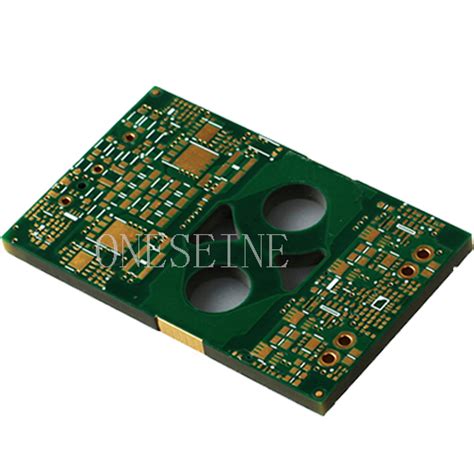
ALL ABOUT FLEX PCB
-
 Read more: The Ultimate Guide To Heavy Copper PCB Manufacturing
Read more: The Ultimate Guide To Heavy Copper PCB ManufacturingWhat is a Heavy Copper PCB? A Heavy Copper PCB, also known as a Thick Copper PCB or Extreme Copper PCB, is a type of printed circuit board that uses thicker copper traces than standard PCBs. While a typical PCB might have copper traces ranging from 0.5 oz to 2 […]
-
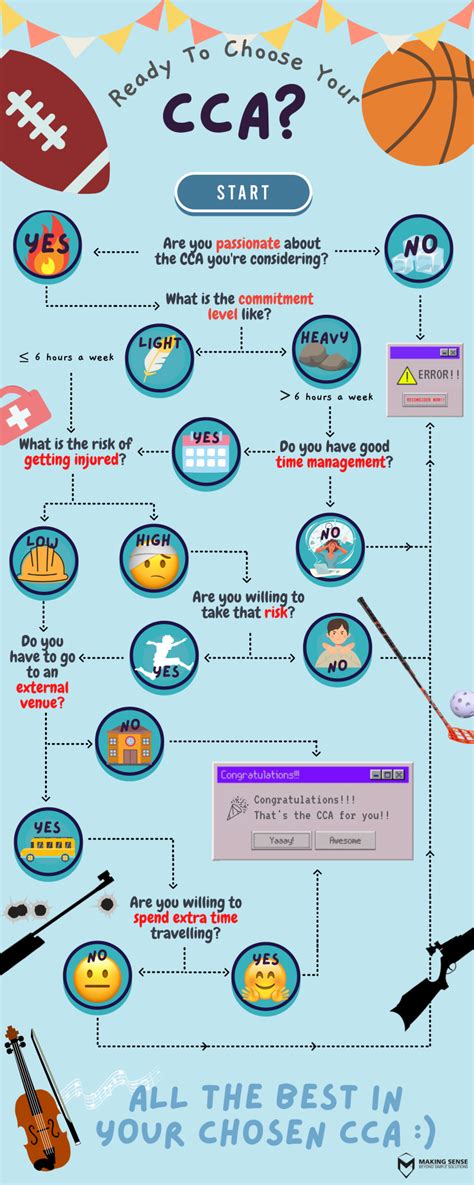 Read more: CCA Electronics-Useful Tips And Procedure Guidance
Read more: CCA Electronics-Useful Tips And Procedure GuidanceIntroduction to CCA Electronics CCA Electronics, or Circuit Card Assembly Electronics, refers to the process of designing, manufacturing, and testing printed circuit boards (PCBs) that are populated with electronic components. These circuit card assemblies are used in a wide range of electronic devices, from consumer electronics to industrial equipment and […]
-
RAYPCB Rigid-Flex PCB Service
Posted by
–
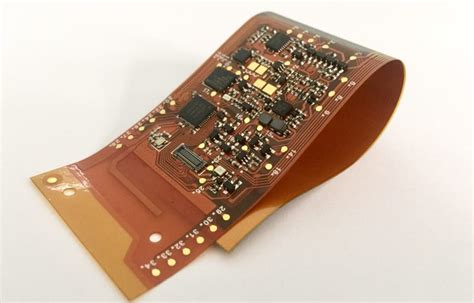 Read more: RAYPCB Rigid-Flex PCB Service
Read more: RAYPCB Rigid-Flex PCB ServiceWhat is a Rigid-Flex PCB? A Rigid-Flex PCB is a printed circuit board that combines both rigid and flexible substrates. The rigid portions of the board provide structural support and house the majority of the components, while the flexible portions allow for bending and folding, enabling more compact and versatile […]
-
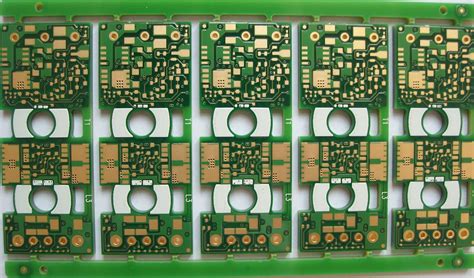 Read more: Heavy Copper PCB In High Temperature And The Extreme Environment
Read more: Heavy Copper PCB In High Temperature And The Extreme EnvironmentWhat Is An Extreme Copper PCB? An Extreme Copper PCB, also known as a Heavy Copper PCB, is a printed circuit board that uses thicker copper traces than standard PCBs. While a typical PCB might have copper traces with a thickness of 1 oz (35 μm), an Extreme Copper PCB […]
-
What Is Heavy Copper PCB
Posted by
–
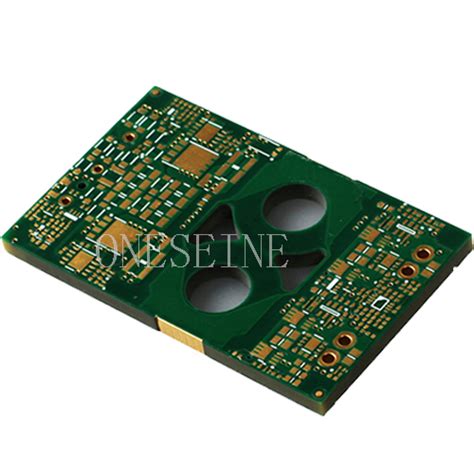 Read more: What Is Heavy Copper PCB
Read more: What Is Heavy Copper PCBIntroduction to Heavy Copper PCB A Heavy Copper PCB, also known as a thick copper PCB or high current PCB, is a type of printed circuit board that utilizes thicker copper traces than standard PCBs. These boards are designed to handle higher currents and offer superior thermal management, making them […]
-
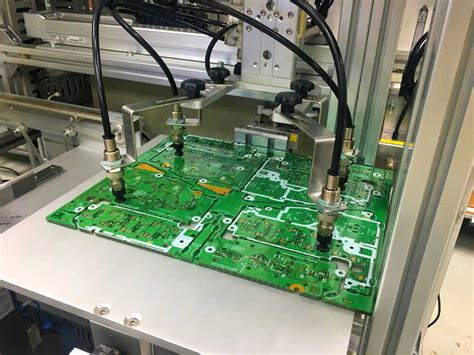 Read more: Teach You How to Make PCB Milling Boards Step-by-Step
Read more: Teach You How to Make PCB Milling Boards Step-by-StepIntroduction to PCB Milling PCB milling is a process of creating custom printed circuit boards (PCBs) using a computer-controlled milling machine. This method allows for rapid prototyping and small-scale production of PCBs without the need for expensive and time-consuming chemical etching processes. In this article, we will guide you through […]
-
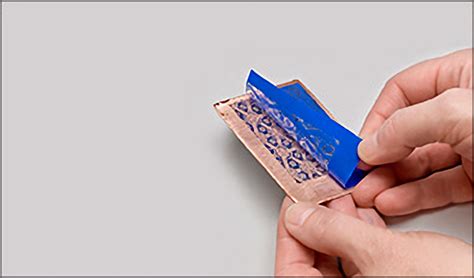 Read more: 9 Reasons We Do not Recommend PCB Etching At Home
Read more: 9 Reasons We Do not Recommend PCB Etching At Home1. Health and Safety Concerns Exposure to Hazardous Chemicals One of the primary reasons we discourage home PCB Etching is the potential health risks associated with the chemicals used in the process. Etching solutions typically contain strong acids or alkaline substances that can cause severe burns, respiratory issues, and other […]
-
DIY PCB Vias
Posted by
–
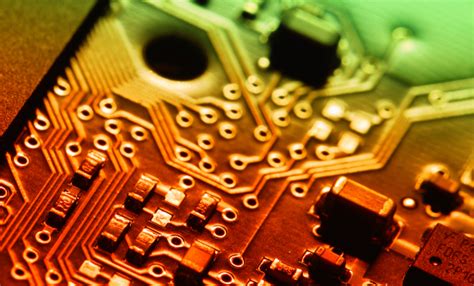 Read more: DIY PCB Vias
Read more: DIY PCB ViasWhat are PCB Vias? PCB vias are small holes drilled through a printed circuit board (PCB) that electrically connect different layers of the board. Vias allow signals and power to pass from one layer of the PCB to another. They are essential features in PCB design that enable more complex […]
-
What is a PCB or Printed Circuit Board?
Posted by
–
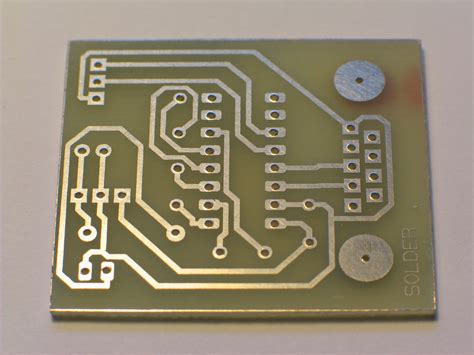 Read more: What is a PCB or Printed Circuit Board?
Read more: What is a PCB or Printed Circuit Board?Table of Contents
-
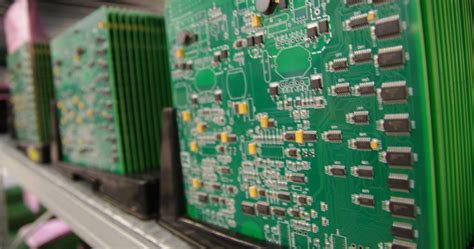 Read more: How to Choose a Reliable Automotive PCB Manufacturer
Read more: How to Choose a Reliable Automotive PCB ManufacturerIntroduction to Automotive PCBs Automotive Printed Circuit Boards (PCBs) are essential components in modern vehicles, enabling the functionality of various electronic systems such as engine control units, infotainment systems, and advanced driver assistance systems (ADAS). As the automotive industry continues to evolve and incorporate more advanced technologies, the demand for […]
